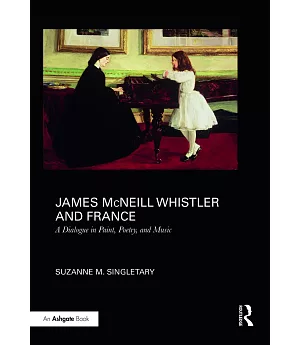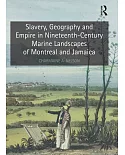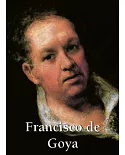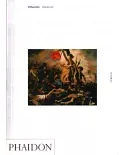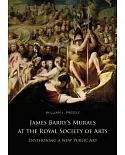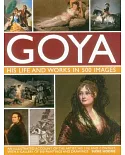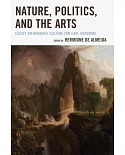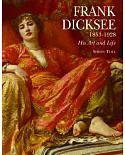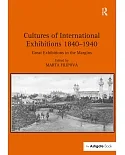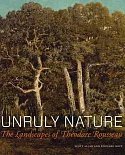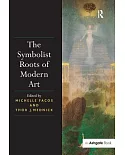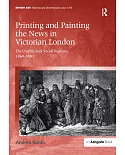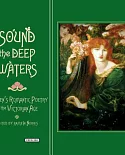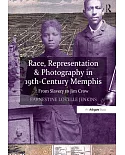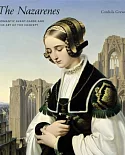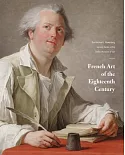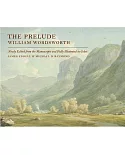James McNeil Whistler and France: A Dialogue in Paint, Poetry, and Music is the first full-length and in-depth study to position this painter within the overall trajectory of French modernism
during the second half of the nineteenth century and to view the artist as integral to the aesthetic projects of its most original contributors. Suzanne Singletary maintains that Whistler was
in a unique situation as an insider within the emerging French avant-garde, thereby in an enviable position to both absorb and transform the innovations of others - and that until now, his
widespread influence as a catalyst among his colleagues has been neither investigated nor appreciated. Singletary contends that Whistler’s importance rivals that of Manet, whose multi-layered
(and often unexpected) interconnections with Whistler are the focus of one chapter. In addition, Whistler’s pivotal role in linking the legacy of Baudelaire, Delacroix, Gautier, Wagner and
other mid-century innovators to the later French Symbolists has previously been largely ignored. Courbet, Degas, Monet and Seurat complete the roster of French artists whose dialogue with
Whistler is highlighted. Singletary also provides a comparative study of images whose subjects are women, revealing the ways that Whistler, Courbet and Manet encapsulate different attitudes and
theoretical stances relative to making art, while simultaneously engaging in the debates surrounding gender roles, specifically the controversial Nouvelle Femme (New Woman).

